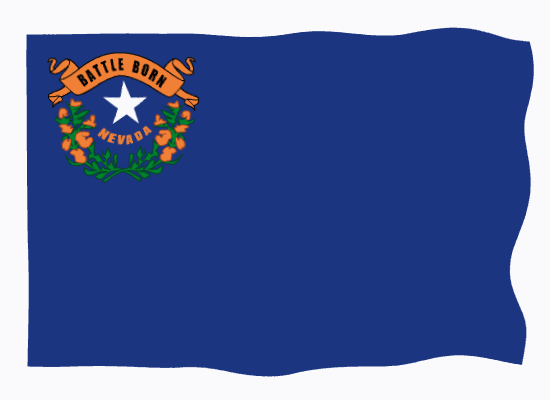


 |
 |
 |
Charles Buntjer & California
I was born on a farm in nothern Illinois in 1940. My stepmother got me an interview in the summer of 1959, I was 19 years old. It was Freeport, at a huge manufacturing plant. I was hired a month later and of all things, sent to Chicago to learn how to create punched cards to store data, sort the cards for reports and wire boards to program IBM Tabulating Machines!
In 1961 I moved to Rockford Illinois, second biggest city in the state and went to work in a huge manufacturing plant in their computer center.
In July of 1963, I was 23 years old and I got a letter from the government that I had been drafted. I was sent to Fort Knox Kentucky and after basic training I found out I was being sent to the Presidio of San Francisco to work in the computer installation overlooking the Golden Gate Bridge, Angel Island and downtown San Francisco. I knew I was never going to leave San Francisco and California.
I knew I would be able to in a short time of driving or flying, go to exotic places like Reno, Las Vegas, San Diego and Beverly Hills. And I did!
Nevada Overview
Nevada is largely desert and semiarid, much of it located within the Great Basin. Areas south of the Great Basin are located within the Mojave Desert, while Lake Tahoe and the Sierra Nevada lie on the western edge. Nevada is also home to the Hoover Dam, which was the single largest public works project in the history of the United States, and Lake Mead, the largest reservoir in the country.
Nevada History
Nevada became the 36th state on October 31, 1864, after telegraphing the Constitution of
 Nevada to the Congress days before the November 8 presidential election (the largest and costliest transmission ever by telegraph). Statehood was rushed to help ensure three electoral
votes for Abraham Lincoln's reelection and add to the Republican congressional majorities. Nevada became the second of two states added to the Union during the Civil War (the first being West Virginia) and became known as the “Battle Born State” as a result of when it achieved statehood.
Nevada to the Congress days before the November 8 presidential election (the largest and costliest transmission ever by telegraph). Statehood was rushed to help ensure three electoral
votes for Abraham Lincoln's reelection and add to the Republican congressional majorities. Nevada became the second of two states added to the Union during the Civil War (the first being West Virginia) and became known as the “Battle Born State” as a result of when it achieved statehood.
Prior to European contact, Native Americans of the Paiute, Shoshone, and Washoe tribes inhabited the land comprising the modern state. The first Europeans to explore the region originated from Spain. They gave the region the name of Nevada (snowy) due to the snow which covered the mountains at winter. The area formed part of the Viceroyalty of New Spain, becoming part of Mexico when that country gained independence in 1821.
The United States acquired the territory in 1848 following its victory in the Mexican-American War, and the area was eventually incorporated as part of Utah Territory in 1850. The discovery of silver at the Comstock Lode in 1859 led to a population boom that became an impetus to the creation of Nevada Territory out of western Utah Territory in 1861
Nevada's harsh but rich environment shaped its history and culture. Before 1858 small Mormon settlements along the Utah border sustained their communities through faith, but the secular western section stumbled along until the great silver strikes beginning in 1858 created boom towns and fabulous fortunes. After the beginning of the 20th century, profits declined while Progressive reformers sought to curb rampaging capitalism and its attendant miseries. They imagined a civilized Nevada of universities, lofty idealism, and social reform.
But an economic bust during the 1910s and disillusionment from failures at social reform and a population decline of nearly one-fourth meant that by 1920 Nevada had degenerated into a "beautiful desert of buried hopes.” The boom returned when big time gambling arrived in 1931, and with good transportation (especially to California metropolitan areas), the nation's easiest divorce laws, and a speculative get-rich-quick spirit, Nevada had a boom-and-bust economy that was mostly boom until the worldwide financial crisis of 2008 revealed extravagant speculation in housing and casinos on an epic scale.
History of the Flag
The first flag of Nevada was created by Governor John Sparks and Colonel Harry Day in 1905. It was based strongly on Nevada's natural resources of gold and silver. The blue of the flag was to be the same as the blue on the flag of the United States.
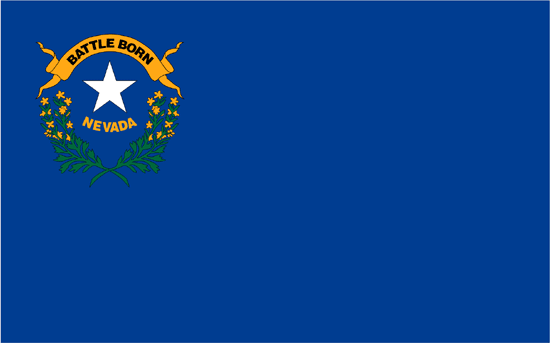 According to San Francisco Call there was a state flag made in 1912 for the Panama–Pacific International Exposition. It was carried by Governor Tasker Oddie and was described as: "...a silk flag embroidered with the state's name and the day and date."
The second flag of Nevada was designed by Miss Clara Crisler in 1915. The flag sought to be more representative of Nevada by adding the state seal as the center point of the flag. The flag retained the same blue field as the previous flag. The 36 stars on the flag represented how Nevada was the 36th state in the union. The flag proved popular, but the abundance of colors on the seal was too expensive to produce which led to the adoption of a new flag in 1929.
The current flag had its origin in a design contest announced in 1926. The winning design, by Louis Shellback III, was subjected to some revision in the state legislature, where there was disagreement between the two houses over the placement of the word "Nevada" on the flag. A compromise was reached, and in 1929 Governor Fred B. Balzar signed into law a bill adopting the new flag. In 1989, however, a legislative researcher discovered that the bill as sent to and signed by the governor did not accurately reflect the 1929 legislative agreement. The flag used from 1929 until it was revised in 1991 displayed the letters of the word "Nevada" in a complete circle around the flag's single star, with the "N" of Nevada at the uppermost tip of the star indicating its "northern" position in the civil war, and with each of the other letters of the word Nevada located in the spaces between the remaining points of the star, displaying near each junction of the star's pentagonal center. Thus, "Nevada" was spelt from the "N" at the top, radiating clockwise E, V, A, D, A, in the spaces between the star's points. A law enacted in 1991 directed that the word "Nevada" appear below the star and above the sagebrush sprays, thus producing the current design.
According to San Francisco Call there was a state flag made in 1912 for the Panama–Pacific International Exposition. It was carried by Governor Tasker Oddie and was described as: "...a silk flag embroidered with the state's name and the day and date."
The second flag of Nevada was designed by Miss Clara Crisler in 1915. The flag sought to be more representative of Nevada by adding the state seal as the center point of the flag. The flag retained the same blue field as the previous flag. The 36 stars on the flag represented how Nevada was the 36th state in the union. The flag proved popular, but the abundance of colors on the seal was too expensive to produce which led to the adoption of a new flag in 1929.
The current flag had its origin in a design contest announced in 1926. The winning design, by Louis Shellback III, was subjected to some revision in the state legislature, where there was disagreement between the two houses over the placement of the word "Nevada" on the flag. A compromise was reached, and in 1929 Governor Fred B. Balzar signed into law a bill adopting the new flag. In 1989, however, a legislative researcher discovered that the bill as sent to and signed by the governor did not accurately reflect the 1929 legislative agreement. The flag used from 1929 until it was revised in 1991 displayed the letters of the word "Nevada" in a complete circle around the flag's single star, with the "N" of Nevada at the uppermost tip of the star indicating its "northern" position in the civil war, and with each of the other letters of the word Nevada located in the spaces between the remaining points of the star, displaying near each junction of the star's pentagonal center. Thus, "Nevada" was spelt from the "N" at the top, radiating clockwise E, V, A, D, A, in the spaces between the star's points. A law enacted in 1991 directed that the word "Nevada" appear below the star and above the sagebrush sprays, thus producing the current design.
Lake Tahoe
|
|
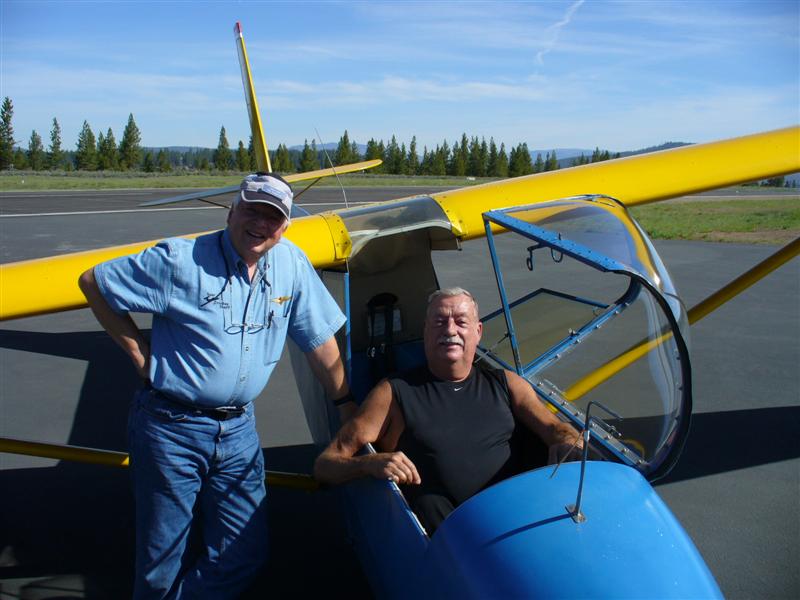
|

|
One can take a sail plane or a hot air baloon to fly over Lake Tahoe and Reno.
Lake Tahoe is a large freshwater lake in the Sierra Nevada Mountains, straddling the border of California and Nevada. It’s known for its beaches and ski resorts. On the southwest shore, Emerald Bay State Park contains the 1929 Nordic-style mansion Vikingsholm. Along the lake’s northeast side, Lake Tahoe Nevada State Park includes Sand Harbor Beach and Spooner Lake, a gateway to the long-distance Tahoe Rim Trail.
Reno

|
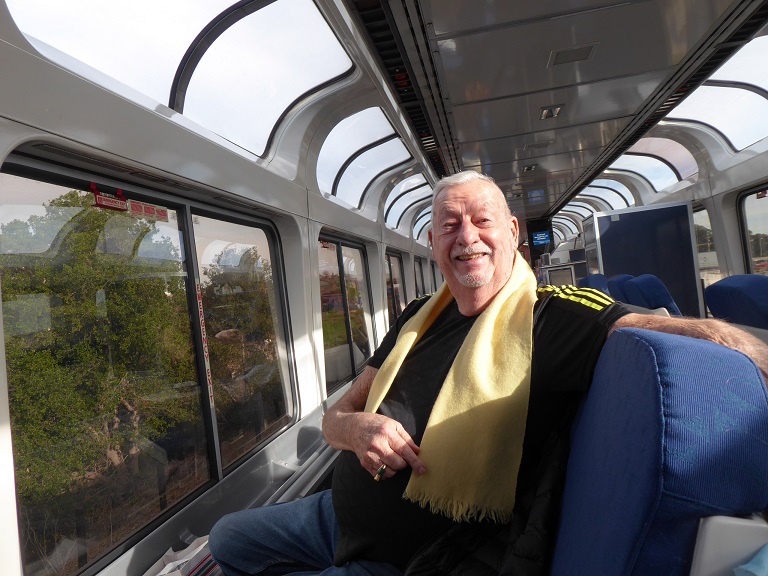
|
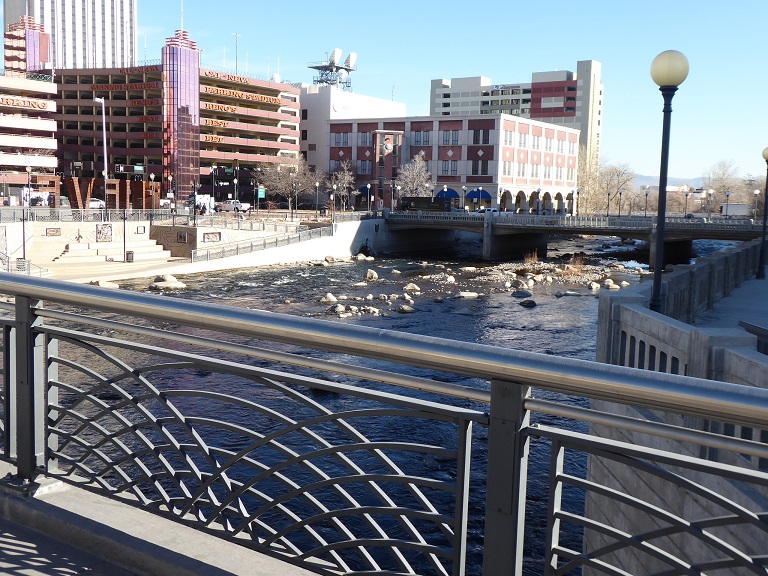
|
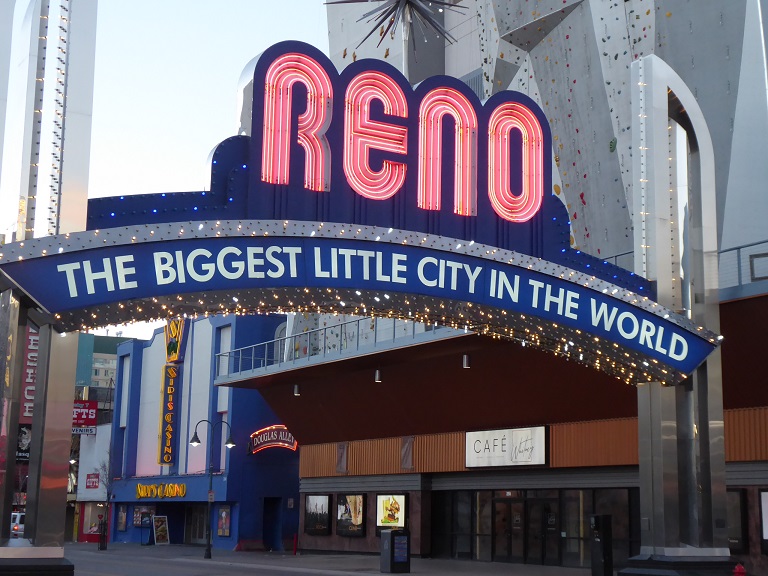
|

|
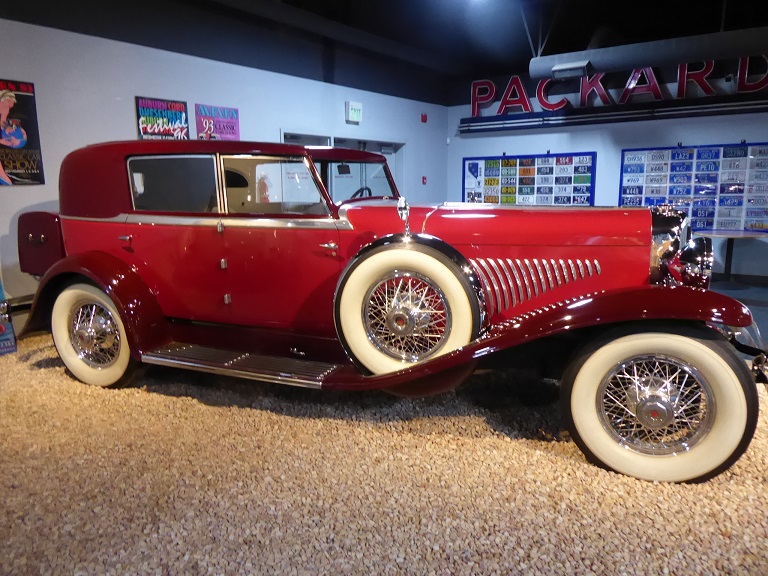
|
Reno, Nevada, known as "The Biggest Little City in the World," is the largest city in Northern Nevada and the county seat of Washoe County. Situated in the Truckee Meadows, on the eastern side of the Sierra Nevada mountains, it's a popular destination for both tourists and residents looking for a mix of outdoor recreation, entertainment, and a vibrant city atmosphere.
The National Automobile Museum is a museum in Reno, Nevada. Most of the vehicles displayed are from the collection of William F. Harrah. The museum opened on November 5, 1989.
I celebrated my 80th in Dubai and my 82nd birthday in Reno. My 84th in Australia and my 85th in Iceland!
Carson City
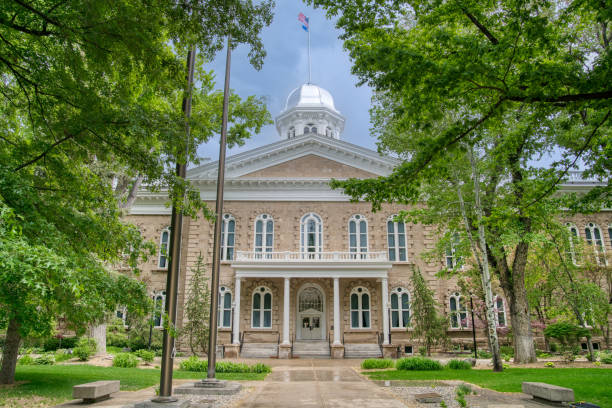
|
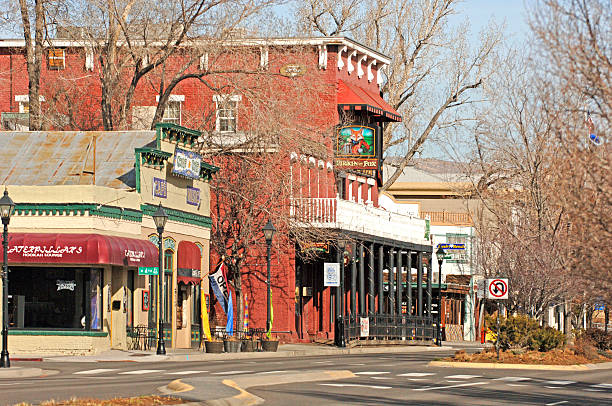
|
Carson City, officially the Consolidated Municipality of Carson City, is an independent city and the capital of the U.S. state of Nevada. As of the 2020 census, the population was 58,639, making it the 6th most populous city in the state.
Las Vegas
|
|
|
|
|
Las Vegas, colloquially referred to as Vegas, is the most populous city in the U.S. state of Nevada and the county seat of Clark County. The Las Vegas Valley metropolitan area is the largest within the greater Mojave Desert, and second-largest in the Southwestern United States.
I have been to Las Vegas many times, the first time around 1975. This trip was to celebrate my 70th birthday at the Bellagio Hotel in 2010.
Hoover Dam
|
|
Hoover Dam is a concrete arch-gravity dam in the Black Canyon of the Colorado River, on the border between the U.S. states of Nevada and Arizona. Constructed between 1931 and 1936, during the Great Depression, it was dedicated on September 30, 1935, by President Franklin D. Roosevelt.
Chuck's View of San Francisco
Can you believe my fantastic view of San Francisco from my apartment on the 28th floor of the Fox Plaza Apartments!
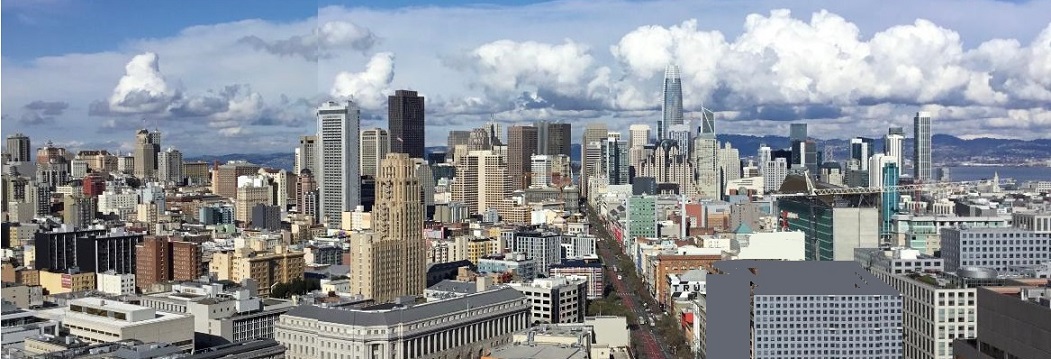
Created
on 2025.05.05
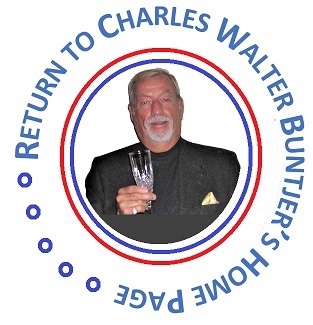 Updated on
2025.05.05
Updated on
2025.05.05